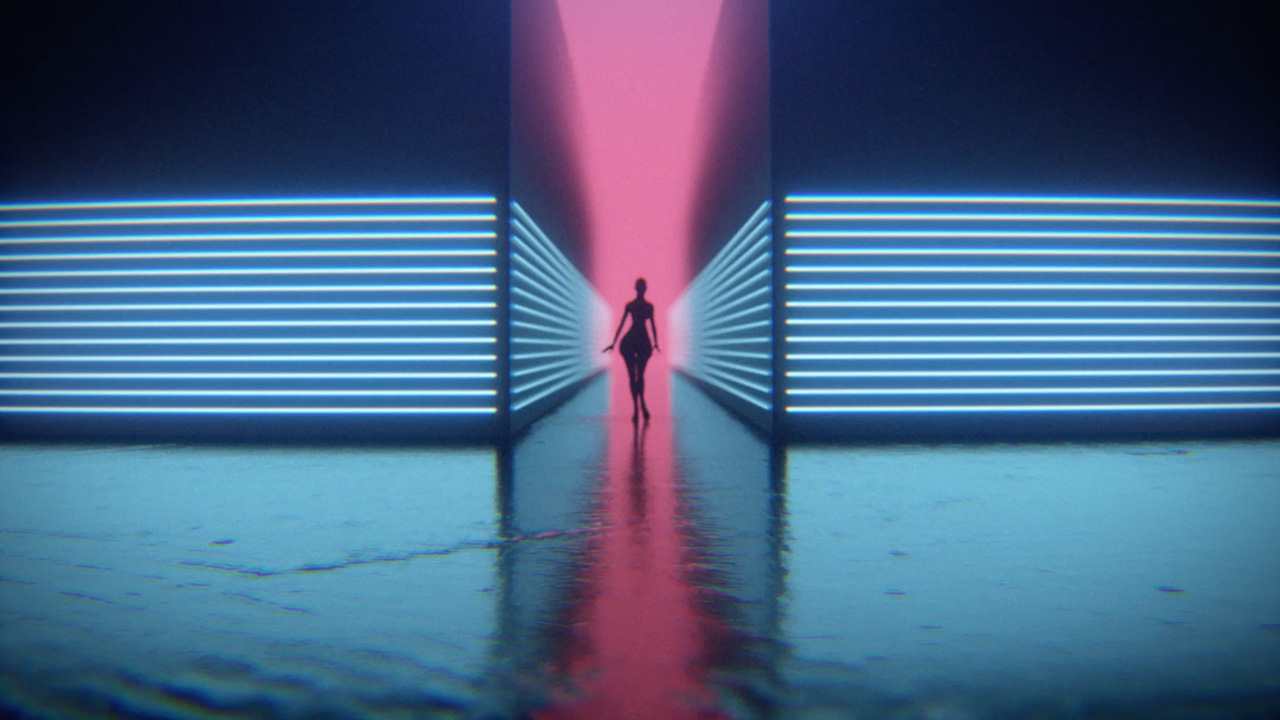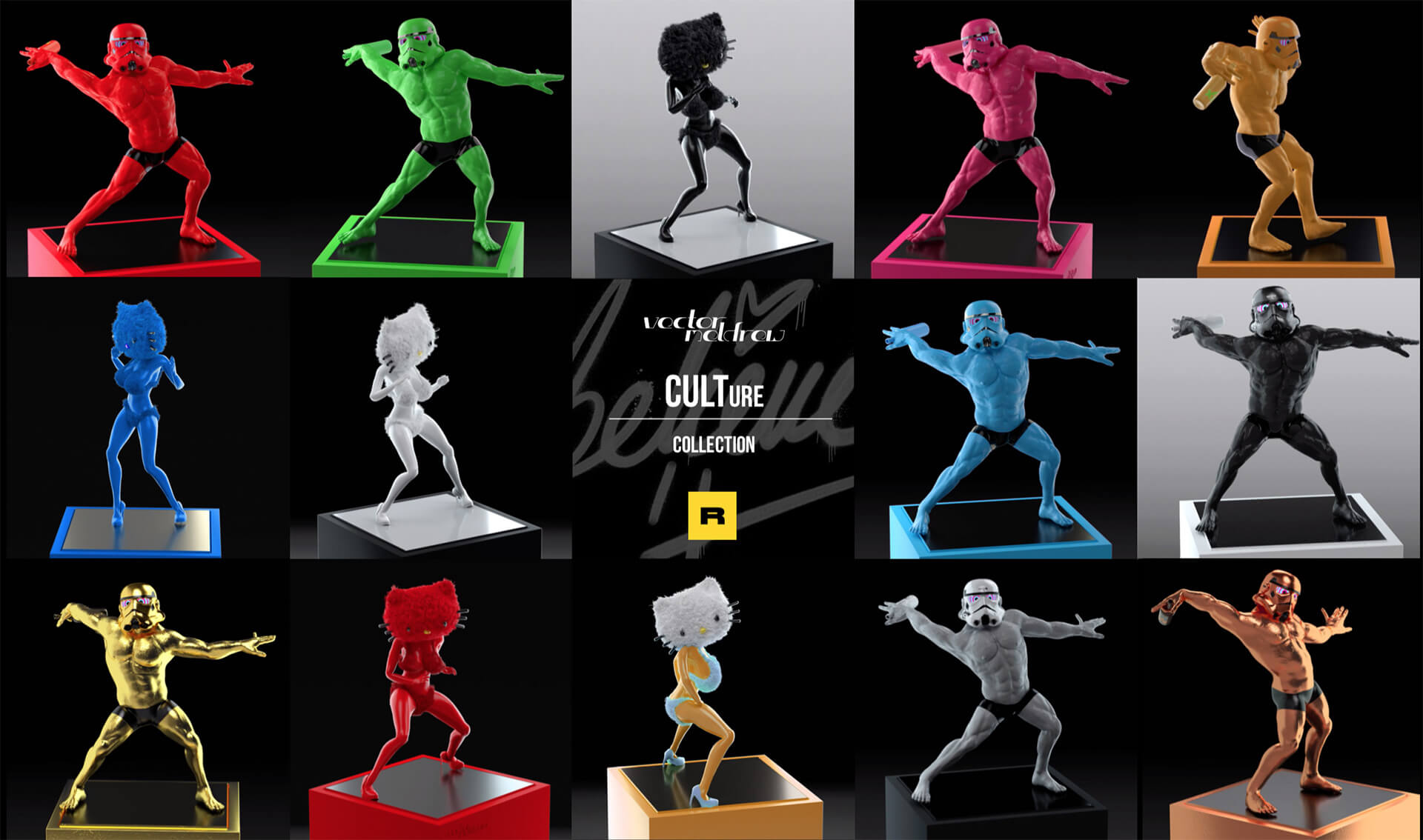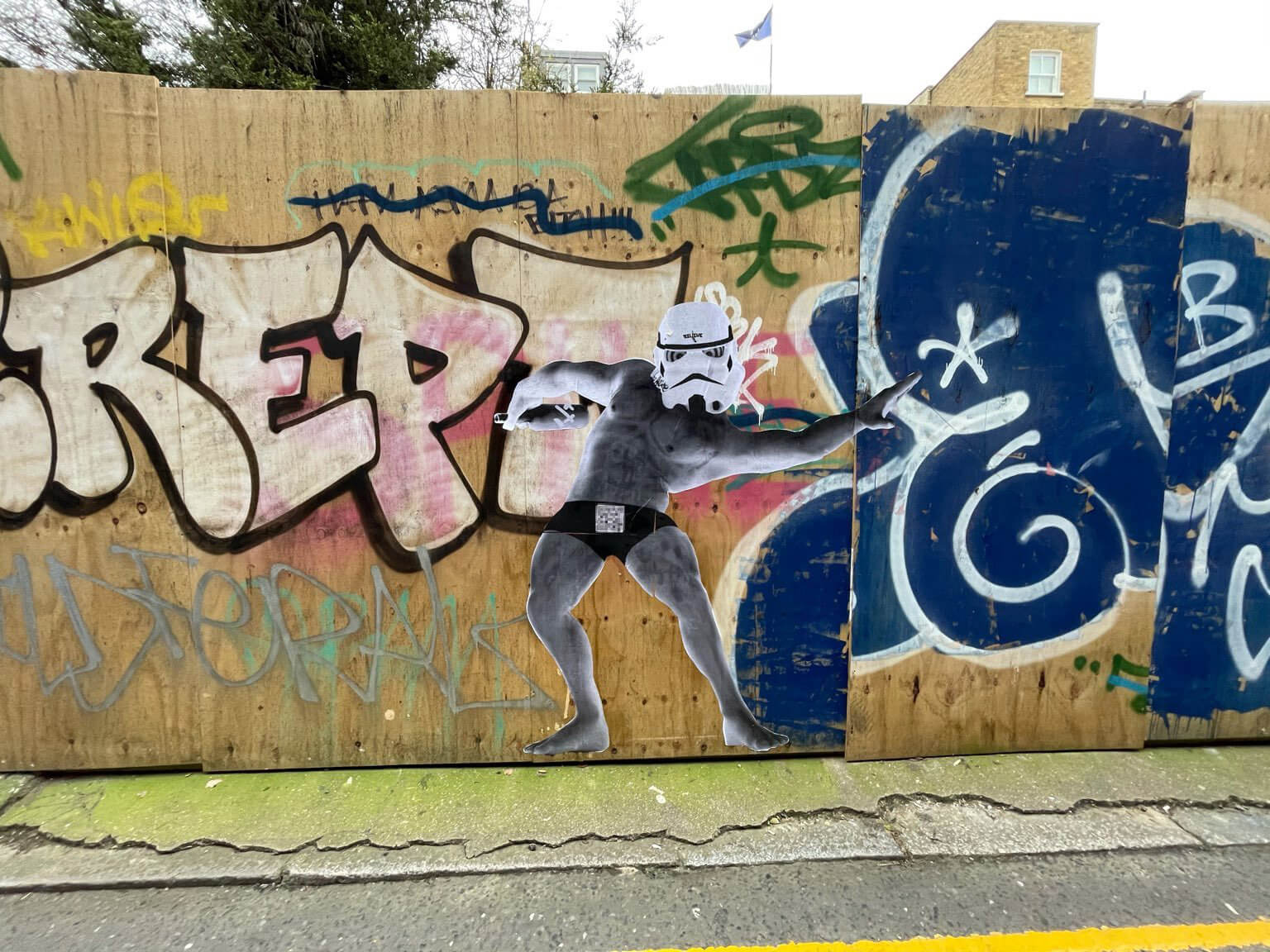Digitally Dubai: AI, data art and more, at Art Dubai Digital 2025
by Manu SharmaApr 03, 2025
•make your fridays matter with a well-read weekend
by Manu SharmaPublished on : Jun 25, 2021
New media arts practices, specifically those that are predominantly digital in their approach, are often marked by the melding of various audio and visual production and presentation techniques, and Vector Meldrew is perhaps one of their finest paragons. The London-native, who prefers not to reveal his real name, presents himself as a “digital explorer”, referencing his eagerness to contend with various digital arts techniques which are often tweaked and modified to best suit the ideas and concepts he is trying to express. Curiously, he started out not as a digital artist or animator, as he is best known now, but rather, as something of an early adopter of internet platforming. He says, “It started in my bedroom as a teenager, back when most kids my age were getting drunk. I would make flash cartoons, set up music websites, forums, IRC chat rooms, and record and distribute pirate radio DJ sets over P2P file networks such as Napster and Limewire.” Among these, pirate radio was Meldrew’s biggest and best access point to a music culture that lay outside the mainstream. He describes how in the late 90s and early 2000s, the internet was still a novelty few were fully in appreciation of. He would develop a web building skillset creating online platforms for local pirate radio stations and record shops. Through the confidence he gained in his web development faculties, Meldrew was primed to take advantage of a fateful encounter. He explains, “In the back of one record shop I met some guys with a music magazine and told them I could take them online and build them a community. They didn’t believe me but let me do it anyway, which led to being part of their music start-up for a few years.” This was certainly an exciting time for Meldrew as, in the span of a few years, he began to cover Grime, which was a genre that not many at the time were willing to engage with. He set up the first website exclusively for the same, created a Flash animated TV series and even won an award from His Royal Highness, Prince Charles.

While Meldrew was working on web development, he realised that animation was, first and foremost, his true calling. Owing to this, he left London to study at the University of the West of England in Bristol. While at university, Meldrew would make a name for himself in the world of motion graphics, starting out by creating title sequences for video games. Upon his return home, he would extend this knowledge to working with large brands and up-and-coming musicians, and through his involvement with all of the above, would birth the motion graphics and creative studio, Dazzleship. He explains, “Back in the early 2010, brands such as Adidas, Levi's, JD sports etc. wanted to be associated with the UK’s Grime and music culture movements. After figuring out a model to offer creative services to these brands it was an easy sidestep to be able to offer the same creative production and strategy services to new sectors such as gaming, technology, charity and esports clients”.

Discussing his creative process, Meldrew says, “I go through periods of wanting to create comfortably with everything I already have and know, and then periods of learning and pushing myself”. There is a constant push and pull. Recently, the artist went through a phase of self-education, but is now bringing the sum total of his skillsets to bear on new projects. These generally involve Meldrew beginning by creating 3D graphics, and proceeding to play with composition and colour. Next, he will typically add motion, and will sometimes establish an overarching narrative through direction or well-placed visual cues. He says, “If I can’t figure out a good workflow, then often I don’t pursue ideas. Workflow is important to me as I want to feel comfortable when I get into the depths of a production. This is why I spend a lot of time doing research and development, a lot of which is yet to see the light of day”. While this may not be the optimal approach in today’s algorithm-based creative landscape where regularity with one’s output is crucial, the artist maintains that he places faith in his convictions regarding the quality of his artistic execution above all else.
What is often most captivating about Meldrew’s artistry is his vivid use of colour. Generally, one to use reds with blues and electric pinks, the artist is a self-professed “80s baby”, and he wears his retro sensibilities on his sleeve. He says that colour theory is very near and dear to him, having even contributed his work to some books on the subject, and that he has built much of his sensibilities in this regard through the movies he enjoys. These colours tend to compliment his thematic preoccupations superbly, bringing a frenetic energy to Meldrew’s unreal visions of rhythm and movement in dreamlike, hallucinatory dancehalls that tend to play fast and loose with the fabric of reality. He is also interested in exploring consumerism, and here, again, his colours bring a complimentary sense of richness to his work. Combining pop culture iconography with grotesque, too-fleshy or overdressed bodies bathed in the sleaze of neon light, Meldrew presents us a vision of capitalism that is at once repulsive and hypnotic. His characters do not merely exist in a world of thumping music and lifestyle products, they are that world. Perhaps an explanation for this strange push-and-pull power his work possesses can be found within the ironic whimsy he tries to manifest within it. He explains that he sees the topics he deals with as being rather heavy, and often tries to approach them with some surrealism and humour. This method certainly makes for a fascinating viewing experience; one that has much to say, yet relegates leading its audience by the hand in favour of a more “show-and-don’t-tell” policy.

The artist calls the lockdown of 2020 a period of “radical transformation” for him. He says, “I explored new mediums and dove deeper into my passion projects. Locked down London meant there were some great canvases either in the form of shop shutters or interiors that wanted a revamp whilst closed. Street art took a life of its own as the galleries were all closed. I made sure to deploy some augmented reality experiences that offered people an access point to my work in the metaverse via the physical realm”. “Metaverse”, as Meldrew uses the term, refers to the virtual reality space that is fast becoming part and parcel of the online experience. It is interesting to consider that for the second time in his life, Meldrew is taking up the role of an early adopter of sorts. As he was one of the earlier web developers during the fledgling years of the internet, he is eager to be one of the first to contend with the future of augmented reality and virtual reality, treating these as prospective platforms to showcase his art. While we may only eagerly await the captivating work he will no doubt produce next, we can take heart in and learn from Vector Meldrew’s closing words for STIR’s interview with him; words that remind us of his humble origins as a young man who grew through a decentralised and roots-up culture of artists and musicians interacting with and inspiring each other. He ends with this: “I believe that art should be accessible to all and should start with community”.
by Maanav Jalan Oct 14, 2025
Nigerian modernism, a ‘suitcase project’ of Asian diasporic art and a Colomboscope exhibition give international context to the city’s biggest art week.
by Shaunak Mahbubani Oct 13, 2025
Collective practices and live acts shine in across, with, nearby convened by Ravi Agarwal, Adania Shibli and Bergen School of Architecture.
by Srishti Ojha Oct 10, 2025
Directed by Shashanka ‘Bob’ Chaturvedi with creative direction by Swati Bhattacharya, the short film models intergenerational conversations on sexuality, contraception and consent.
by Srishti Ojha Oct 08, 2025
The 11th edition of the international art fair celebrates the multiplicity and richness of the Asian art landscape.
 surprise me!
surprise me!
make your fridays matter
SUBSCRIBEEnter your details to sign in
Don’t have an account?
Sign upOr you can sign in with
a single account for all
STIR platforms
All your bookmarks will be available across all your devices.
Stay STIRred
Already have an account?
Sign inOr you can sign up with
Tap on things that interests you.
Select the Conversation Category you would like to watch
Please enter your details and click submit.
Enter the 6-digit code sent at
Verification link sent to check your inbox or spam folder to complete sign up process



by Manu Sharma | Published on : Jun 25, 2021
What do you think?